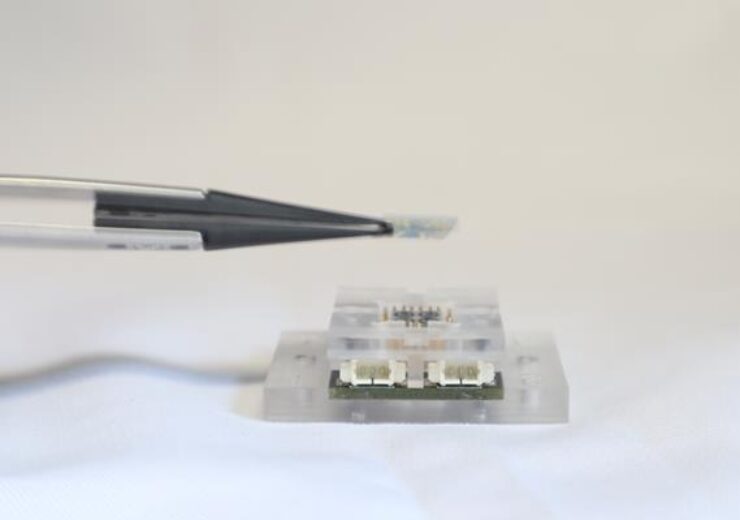Graphene is an advanced material with electronic, chemical, and physical properties on the nanoscale that make its use in FETs for biosensing applications highly advantageous

Archer's biochip in action. (Credit: ARCHER MATERIALS LIMITED)
Archer Materials Limited (“Archer”, the “Company”, “ASX: AXE”) is pleased to inform shareholders that the Company has progressed the development of its biochip technology by electronically controlling the sensitivity of incorporated graphene field effect transistors (“gFET”) devices.
The Company has addressed the fundamental challenge of disrupting electronic charge screening that attenuates biosensing signals in gFETs. The development paves the way for the specific binding of biomolecules to contribute to usable gFET sensor responses, and is a significant technological milestone towards Archer’s biochip function and operation.
The screening layer is less than 1 nanometer (nm) in biologically relevant liquids, and generally, electronic sensing beyond this distance is impossible. For sensing to work in Archer’s biochip, the analyte charge must not be screened, as most biological analytes are around 2-30 nm in size, i.e., most of their charge is out of gFET sensitivity range in liquids.
Overcoming this technological challenge is a significant step in progressing towards a functional and operational biosensing device as part of Archer’s biochip technology, as it is critical for the selective detection of target molecules†.
Archer has now employed a sensor design strategy which involves the use of a range of dynamic electric fields to rid the gFET sensor of signal interference caused by the screening layer and introduce practical device operation sensitivities. Archer developed the software and incorporated the hardware with the biochip system platform that allows the Company to achieve electronic modulation and tuning of gFET sensitivity.
Measurements were performed by Archer staff in the low frequency range (1–10 Hz), which are relevant to penetrating biological fluids. Results showed a 3x increase in the sensitivity of the gFET to target analytes when compared to the static case with no oscillating voltage. In the context of overcoming charge screening in gFET devices, the 3x increase in sensitivity is significant.
Commenting on Archer’s biochip development progress, Company CEO Dr. Mohammad Choucair said: “The outcomes of Archer’s recent progress address a conventional limitation of electronic biosensors that prevents many electronic detection platforms from becoming broadly useful.
“Archer has arrived at a more sophisticated biochip platform that shows it should be feasible to design and optimise Archer’s gFET sensors to achieve the high sensitivity required for potential applications in molecular diagnostics despite the fundamental mismatch in size between biomolecules and nanoelectronic devices.”
Source: Company Press Release
